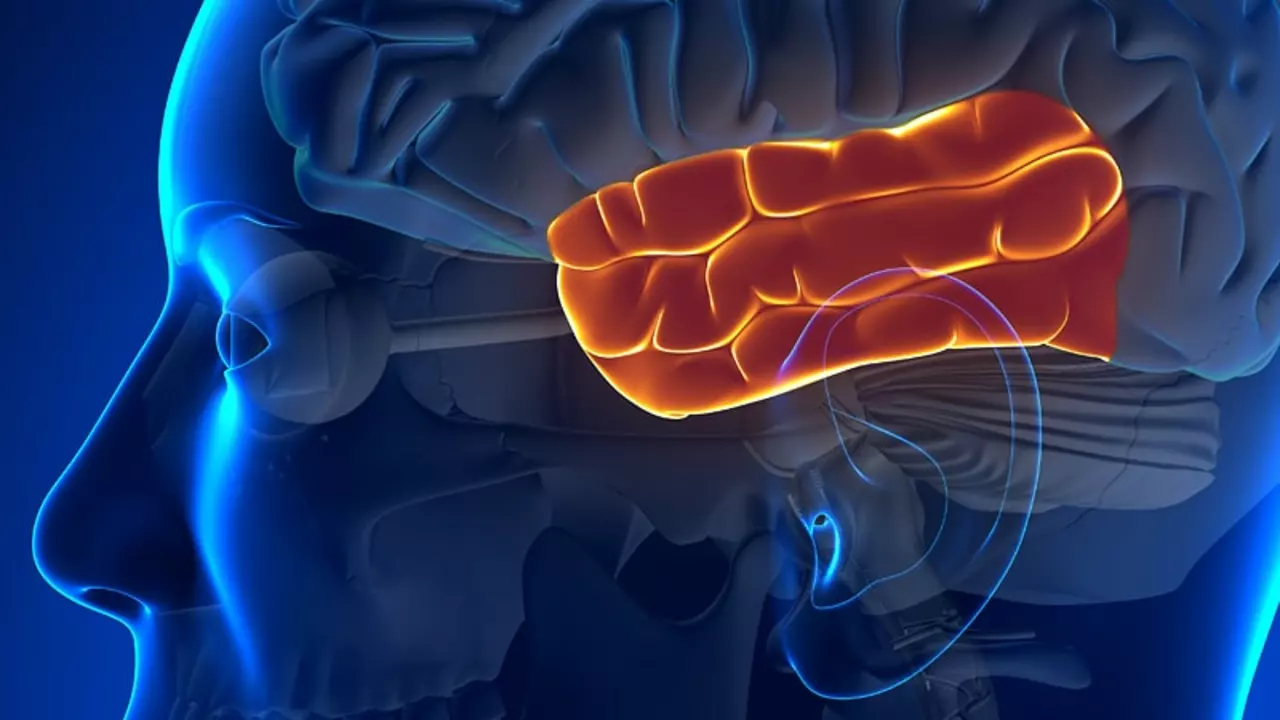Partial onset seizures: what you need to know
Partial onset seizures start in one part of the brain and can look very different from person to person. Some people stay aware and notice odd feelings, smells, or twitching. Others lose awareness, stare, or perform automatic actions like lip smacking. A partial seizure can also spread and become a generalized convulsion. Knowing the signs helps you get faster diagnosis and care.
Causes and diagnosis
Partial seizures often trace back to a specific brain problem: scar tissue from an old injury, a small stroke, a tumor, an infection, or a developmental abnormality. Genetics can matter too. Doctors use a detailed history, an EEG to record brain waves, and an MRI to look for structural causes. Video EEG helps link behaviors to brain activity. Blood tests rule out metabolic triggers and infections. Bring videos of events if you can — they help a lot.
Treatment and daily tips
Most people start with anti-seizure medication chosen for focal seizures. Common options include carbamazepine, oxcarbazepine, levetiracetam, lamotrigine, and lacosamide. Meds need time and dose adjustments; report side effects like dizziness, mood change, or rash. If two well-selected drugs fail, ask for an epilepsy center referral. Options there include surgery to remove the seizure focus, vagus nerve stimulation, responsive neurostimulation, or diet therapies for some patients.
Practical habits make a difference. Keep a seizure diary with triggers, time of day, and what happened. Avoid sleep loss and excessive alcohol. Wear medical ID if seizures are frequent. Teach close contacts basic first aid: for impaired-awareness or convulsive seizures, protect the head, put the person on their side, loosen tight clothing, and time the seizure. Call emergency services if a seizure lasts longer than five minutes, if breathing is poor after a seizure, or if repeated seizures happen without recovery.
Talk openly with your doctor about medication side effects and interactions. Ask how long to try a drug, which reactions need urgent care, and whether the medicine affects mood or cognition. Follow requests for blood tests and drug levels, and never stop a seizure medication suddenly without medical advice. Small adjustments often fix issues.
Plan practical issues like driving, pregnancy, and work ahead. Driving laws after a seizure differ by region, so check local rules and tell your care team. If you are pregnant or want to be, see an epilepsy specialist early to adjust meds safely. For jobs and school, share a simple seizure action plan with supervisors or teachers so they know when to call for help. Peer support and counseling often help reduce isolation.
When to see a specialist? If events start suddenly, change in pattern, become more frequent, or if meds cause serious side effects, see a neurologist or epileptologist. Early specialist input can open options that general care can't always provide.
You can take control by tracking seizures, staying on prescribed treatment, and asking about advanced options when needed. With the right diagnosis, treatment plan, and basic safety steps, many people with partial onset seizures can reduce episodes and improve daily life.

Understanding Partial Onset Seizures: A Comprehensive Guide
- by Colin Edward Egan
- on 6 Jul 2023
In my recent blog post, I delved into the topic of partial onset seizures, offering a detailed guide to understanding this complex neurological condition. I discussed the primary symptoms, potential triggers, and common treatment options, shedding light on the intricacy of this health issue. Furthermore, I shared insights about the importance of early diagnosis and the role of supportive care in managing the condition. The blog also touched upon the emotional and psychological challenges that patients may face. Overall, my aim was to raise awareness about partial onset seizures and provide a comprehensive resource for affected individuals and their families.
